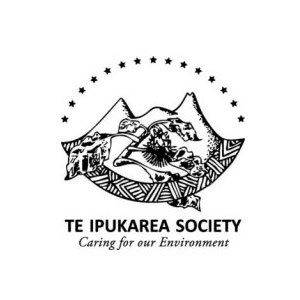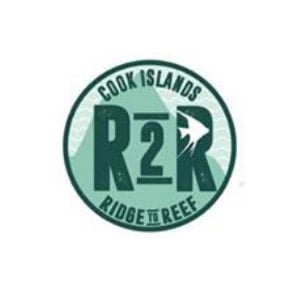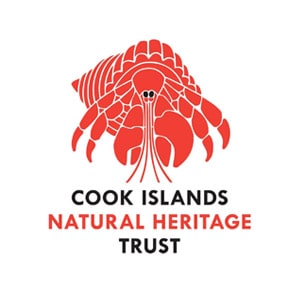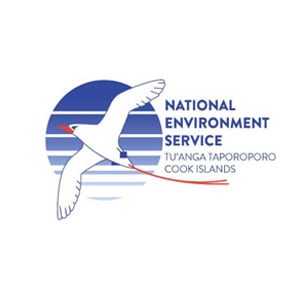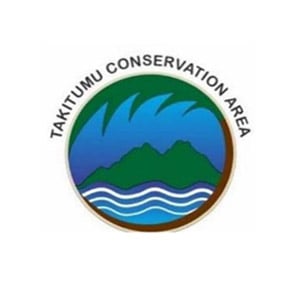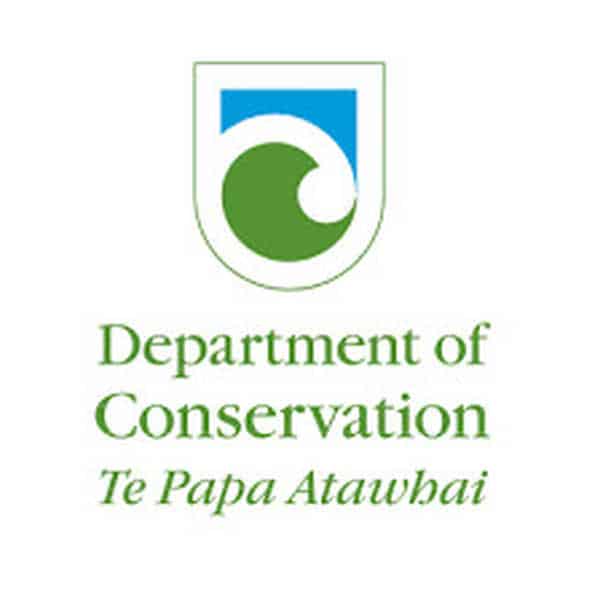History
In the mid-1800s, kākerōri were reported to be common throughout Rarotonga, but following the accidental introduction of ship rats (Rattus rattus) they had become very scarce by the 1880s, and were thought to have become extinct soon after some museum specimens were collected in the early 1900s (Robertson et al. 1994).
In the 1970s, a small population was rediscovered in the rugged lowland hills of the island. David Todd found 21 birds in 1983 and estimated that there were 35–50 birds (David Todd, unpubl. data).
In June 1984, Rod Hay and Gerald McCormack caught and colour-banded eight kākerōri near the head of the Tōtoko’itu Valley.
A thorough search of the Tōtoko’itu, Tūroa, Upper Avanā Basin, Lower Avanā Basin, and nearby valleys, revealed a total of 38 birds in 1987 (Robertson et al. 1994). Subsequent annual censuses identified 36 birds in 1988 and then only 29 in 1989, thus confirming that the conservation status of
kākerōri was ‘critically endangered’ (Collar et al.
1994). At an average rate of population decline of 12% per year, a population viability analysis showed that there was a 50% chance that kākerōri would be functionally extinct (just one bird remaining) by 1998, and a 90% chance by 2002 (Hugh Robertson, unpubl. data). In 1989, the kākerōri was one of the 10 rarest bird species in the world, and in very urgent need of conservation management (Robertson et al. 1994).
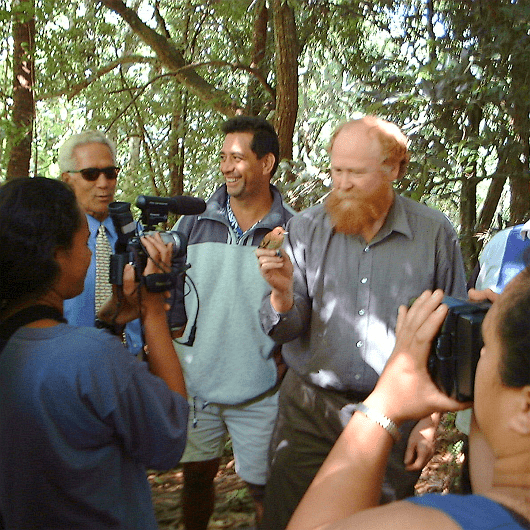
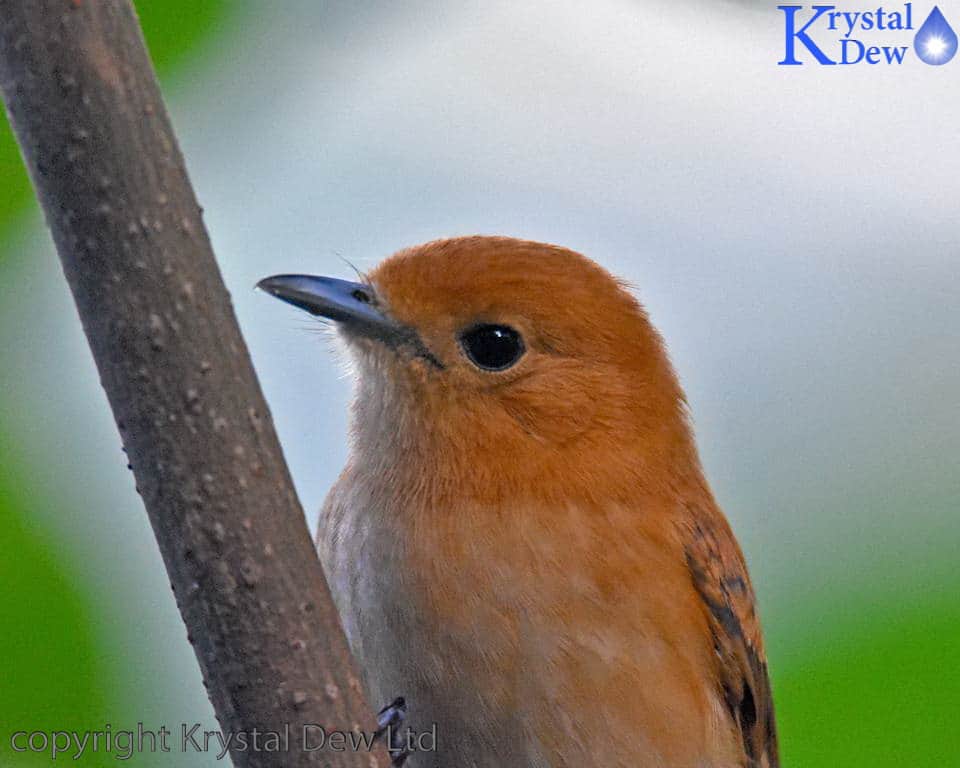
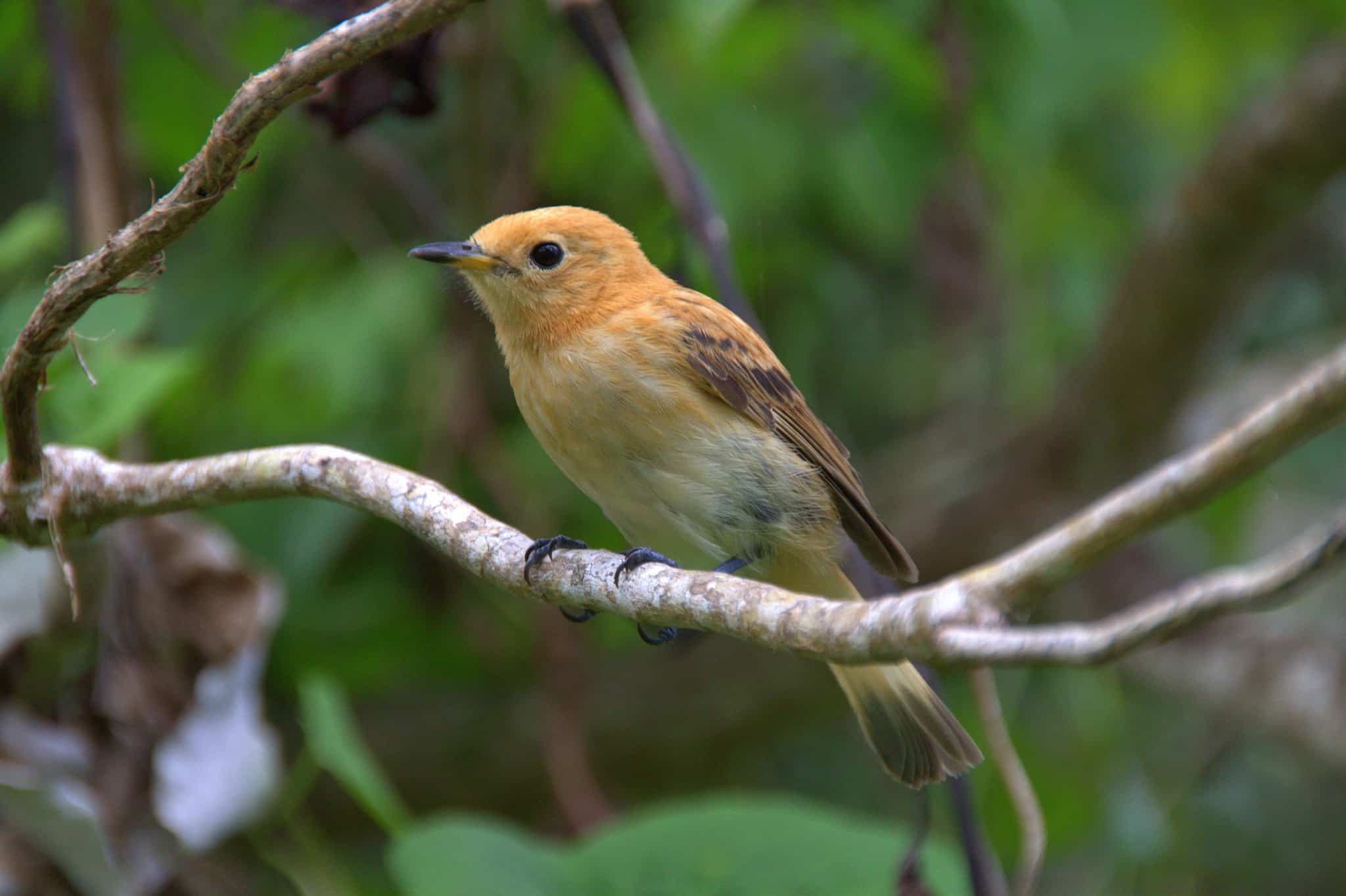
Our Team
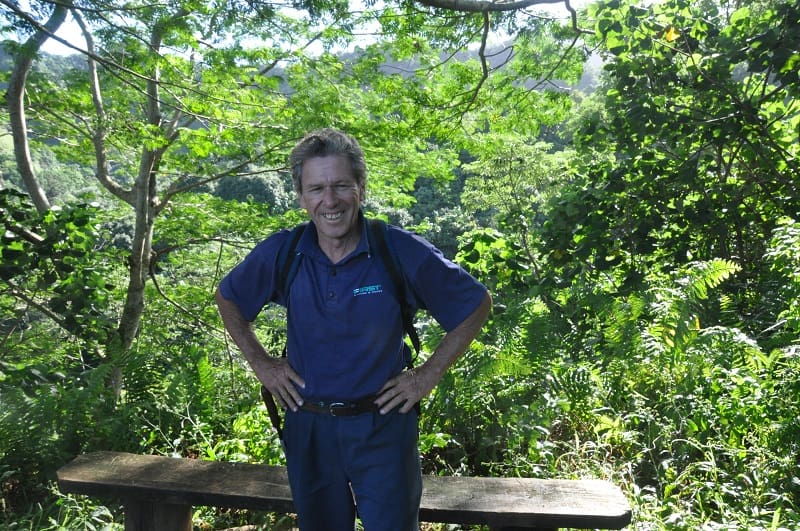
Ian Karika
Designer

Ian Karika
Designer
- Phone:+1 (859) 254-6589
- Email:info@example.com
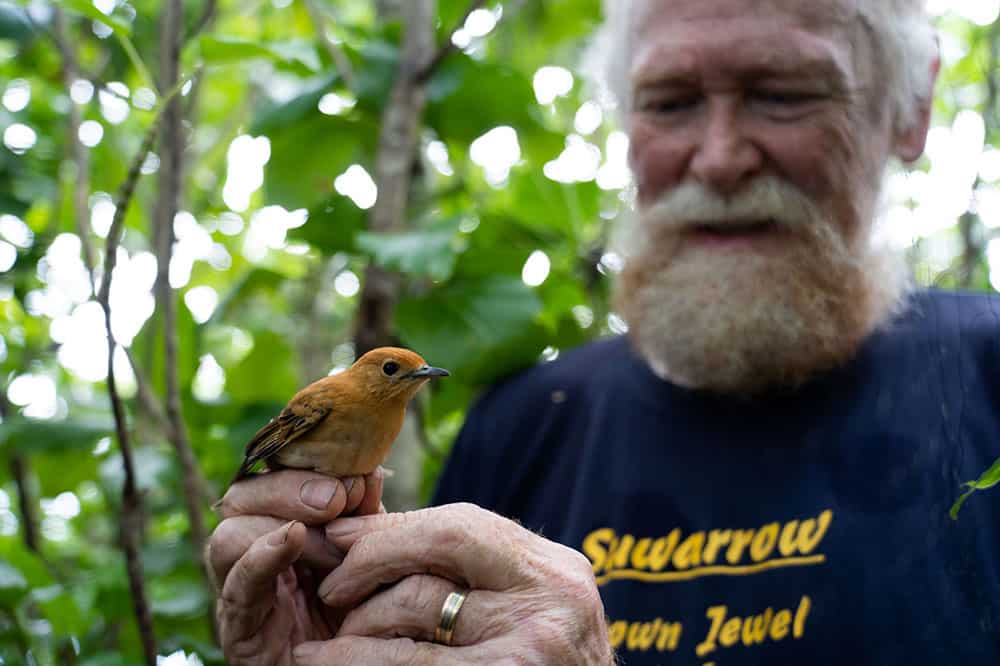
Hugh
Designer

Hugh
Designer
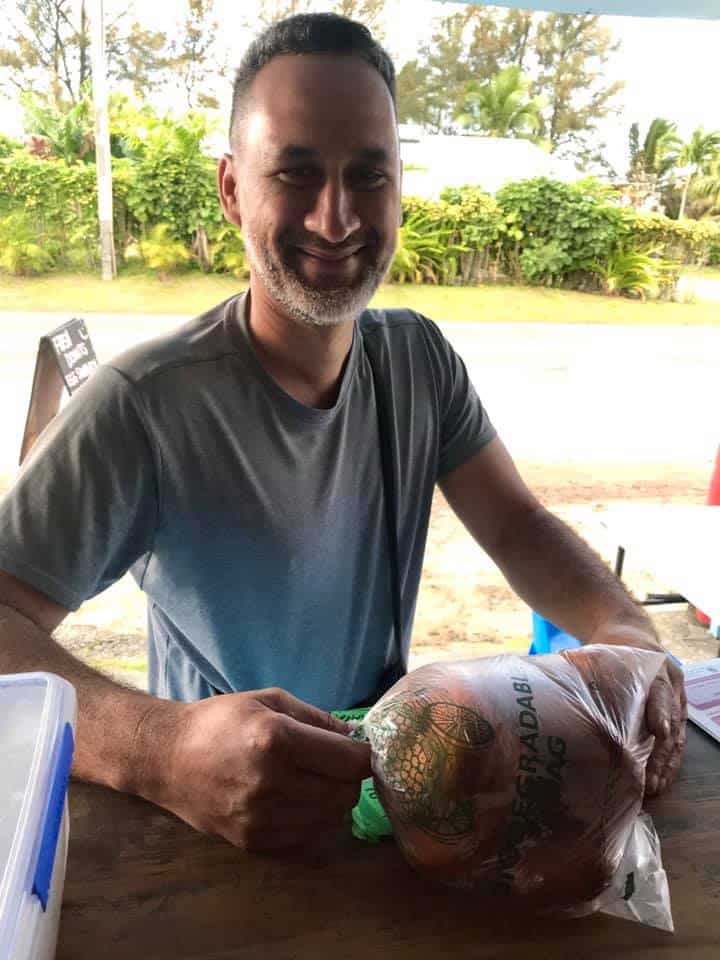
Joe Brider
Designer

Joe Brider
Designer
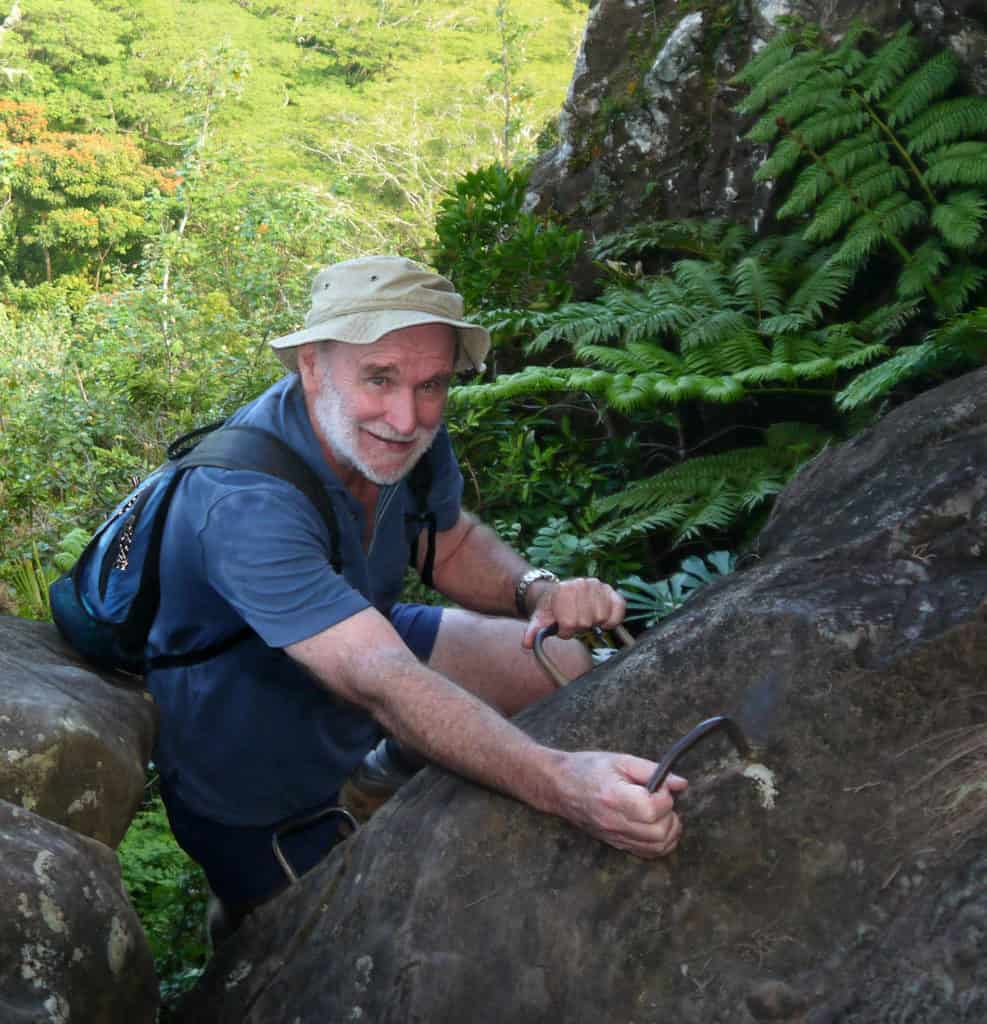
Gerald McCormack
Designer

Gerald McCormack
Designer

Ian Karika
Designer

Ian Karika
Designer

Hugh
Designer

Hugh
Designer
- Phone:+1 (859) 254-6589
- Email:info@example.com

Joe Brider
Designer

Joe Brider
Designer
- Phone:+1 (859) 254-6589
- Email:info@example.com

Gerald McCormack
Designer

Gerald McCormack
Designer


